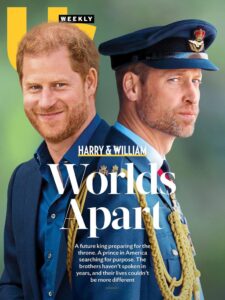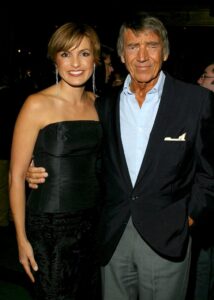Every Marianne Faithfull Album, Ranked
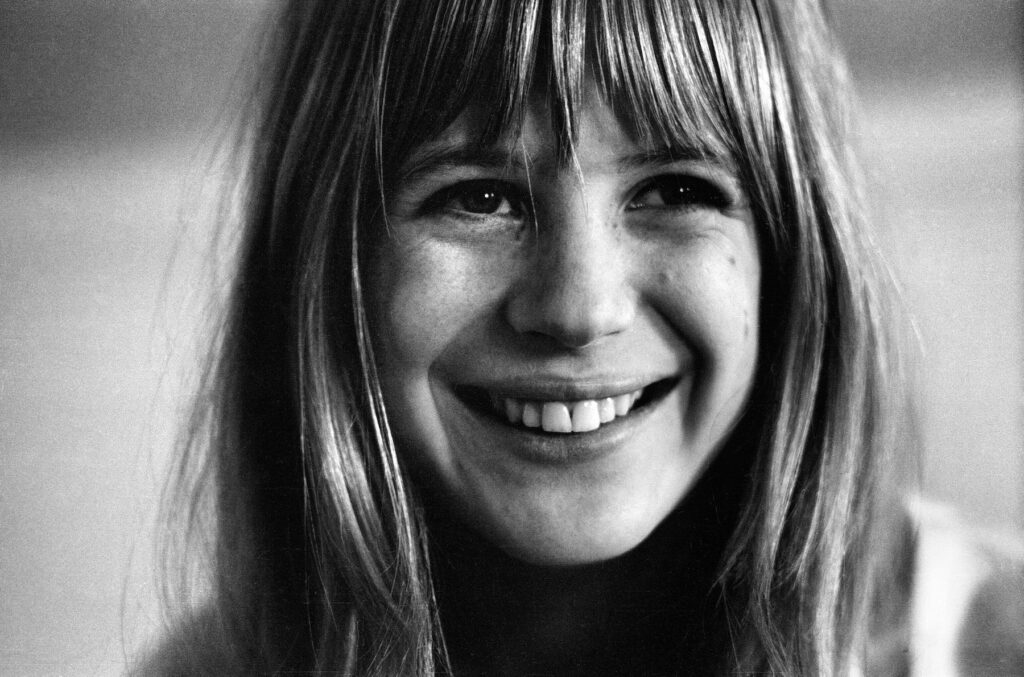
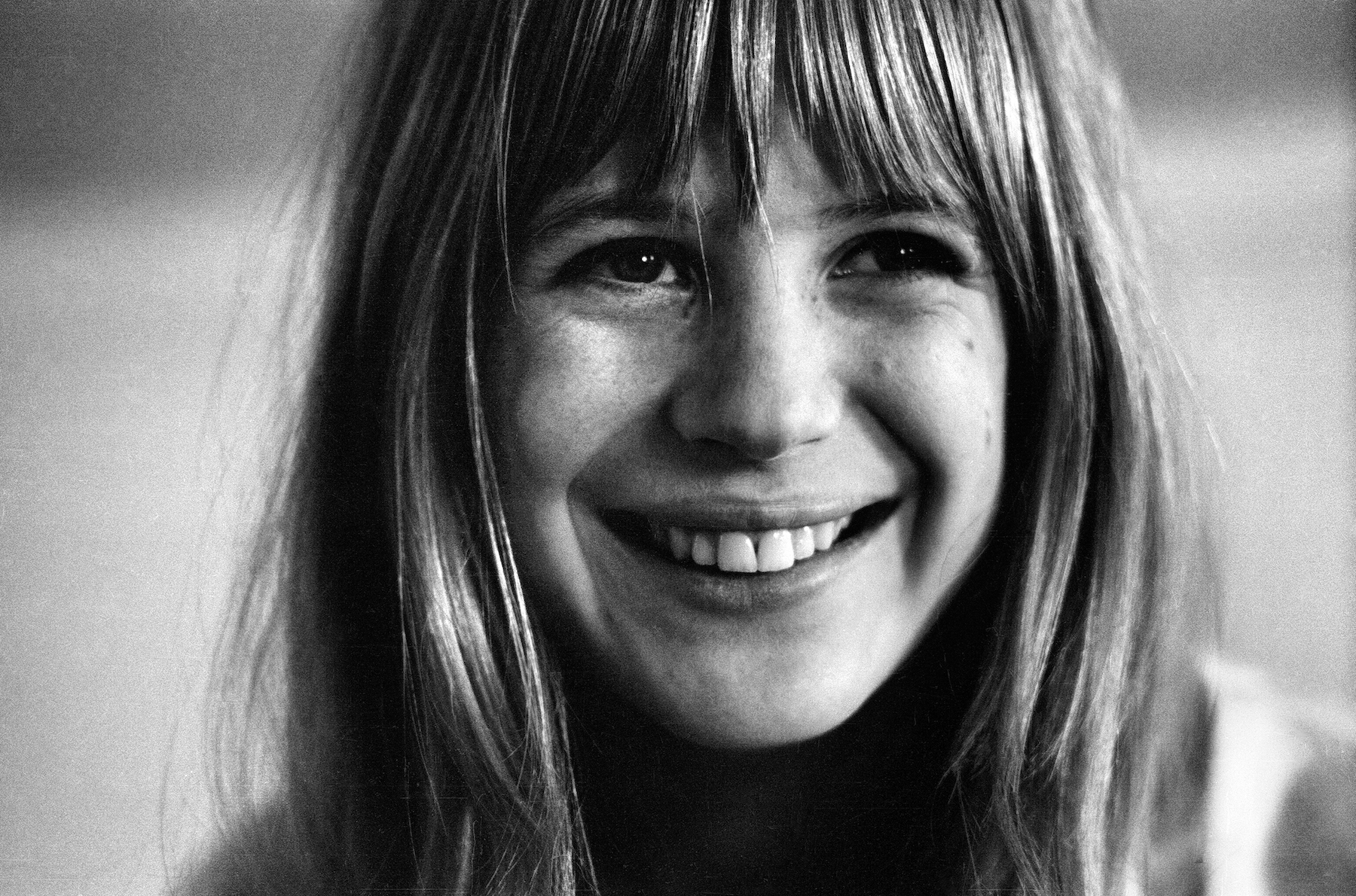
Marianne Evelyn Gabriel Faithfull was born in Hampstead in 1946, and by the mid-’60s, the singer and actress had become the teen queen of hip, swinging London, rubbing elbows with the Beatles and the Rolling Stones. Mick Jagger and Keith Richards wrote “As Tears Go By,” the song that established her as a pop star in both the U.K. and America, and from 1967 to 1970, Jagger and Faithfull were one of rock’s first power couples. In 1969, she co-wrote “Sister Morphine” and released the first version of the song that later appeared on the Stones classic Sticky Fingers, although it took years of legal wrangling for her to receive an official songwriting credit.
After splitting with Jagger, Faithfull fell on hard times, dealing with heroin addiction, anorexia, and homelessness. By the time she returned to the charts with 1979’s Broken English, she had a completely different voice, and was writing darker, more original material that reflected her difficult years out of the spotlight. After that rebirth, Faithfull remained restlessly creative for the rest of her life, becoming a great interpreter of the works of Kurt Weill and Leonard Cohen, and recording a dozen more albums with frequent collaborators including Nick Cave, Pink Floyd’s Roger Waters, and Hal Willner.Faithfull died at the age of 78 in January after a long struggle with several health issues. The Burning Moonlight EP, featuring four tracks Faithfull recorded in the last year of her life, was released earlier this month. Here’s a look back at Faithfull’s large and complicated discography, which includes several albums that were released multiple times with different titles and running orders. For simplicity’s sake, we deferred to whichever iteration of an album was released first in the U.K.
More from Spin:
- Storyteller S.G. Goodman Embraces Her Southern Roots and Cosmic Beliefs
- Taylor Swift Wows Nashville Club With Surprise Performance
- Inside the Volcano
21. Dreamin’ My Dreams (1976)
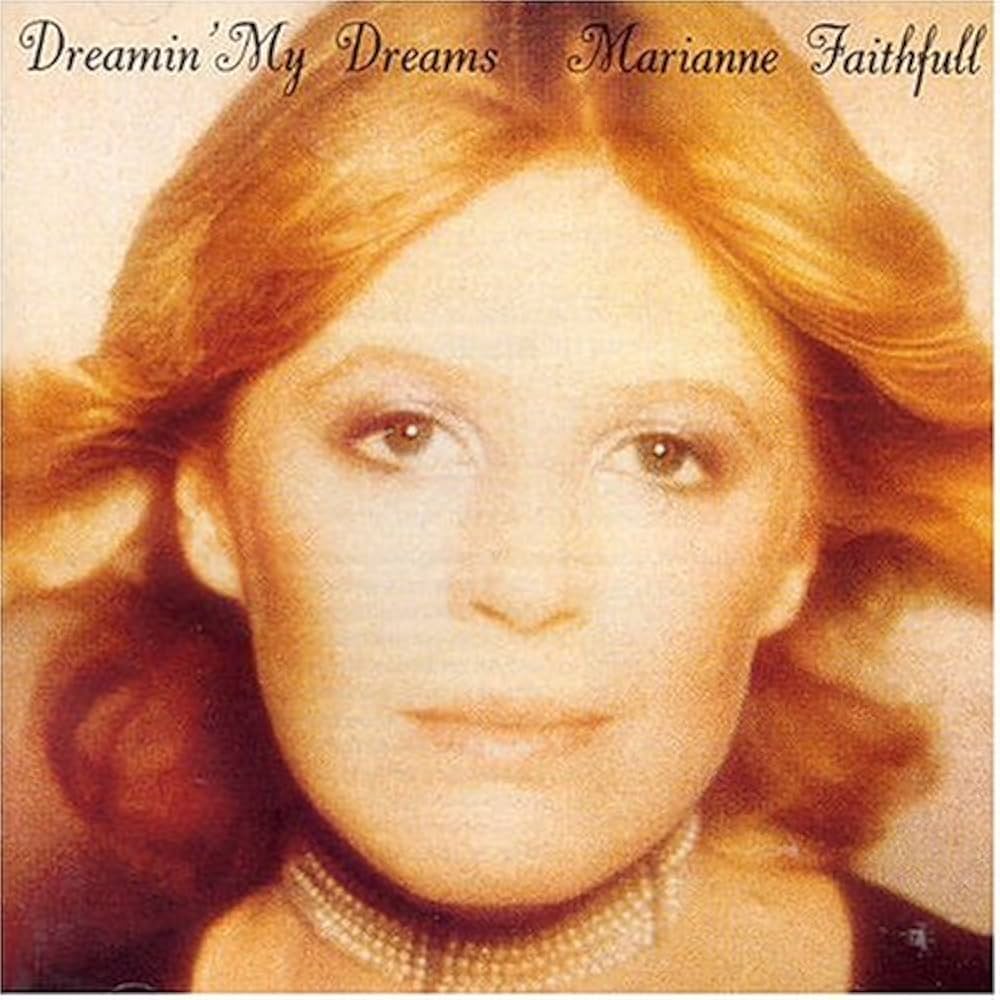
Faithfull debuted the deeper, huskier voice she’d acquired from years of hard living with her first and only country album, backed by the Grease Band, a British group that had started out as Joe Cocker’s touring band. “Lady Madeline” was one of Faithfull’s first writing credits, a glimpse at her maturation as a songwriter that would soon follow. But Dreamin’ My Dreams is dominated by overly polished covers of songs that had been hits for “outlaw country” stars like Waylon Jennings and Jessi Colter. The album has been released several times in different forms, including as Faithless in 1978 and as No Regrets in 2007.
20. Loveinamist (1967)
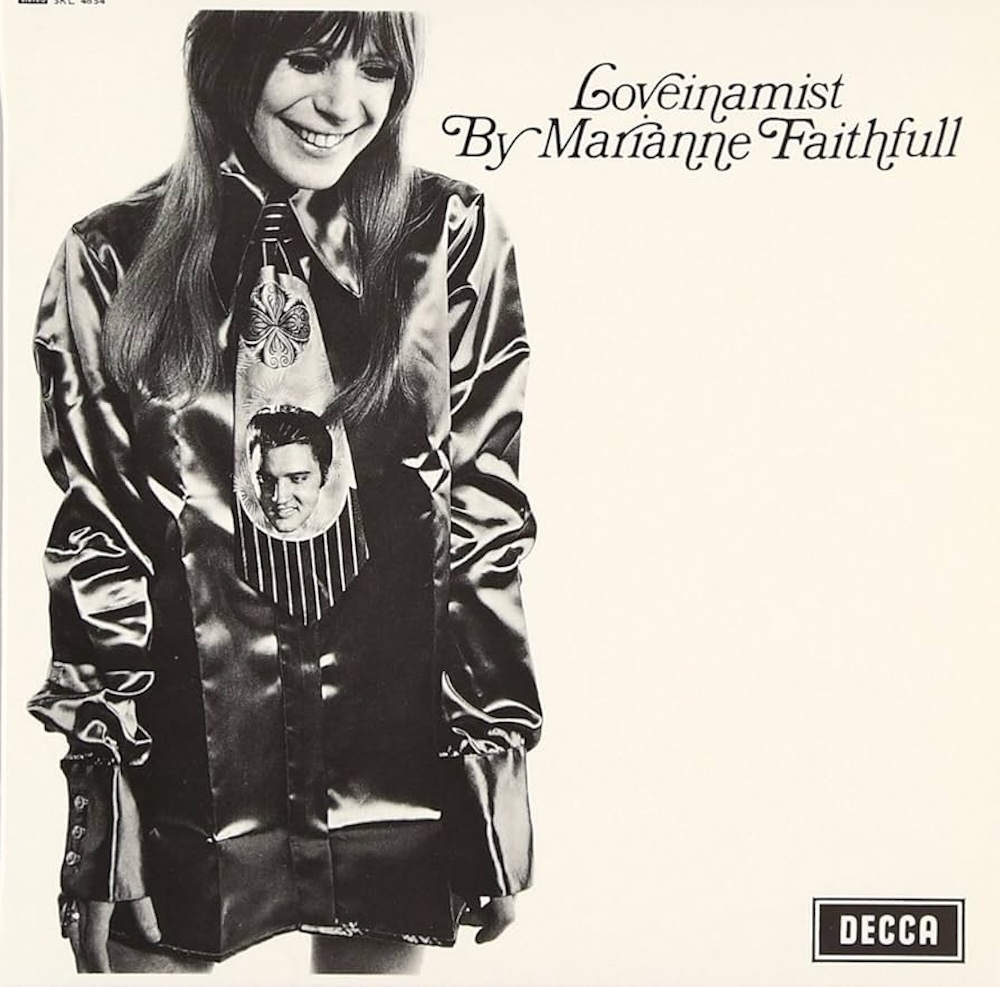
In between singing backup on the Beatles singles “Yellow Submarine” and “All You Need is Love,” Faithfull released Loveinamist, which opens with a tender, piano-driven cover of “Yesterday.” Jackie DeShannon, one of the greatest female songwriters of the ’60s hit factories, penned two excellent tracks for the album, “With You in Mind” and “You Can’t Go Where the Roses Go.” Unfortunately, outside of “This Little Bird,” which had been a Top 10 hit in the U.K. more than two years earlier, Loveinamist didn’t generate much chart action, and would be Faithfull’s last album for nearly a decade. In America, songs from Loveinamist appeared on an LP called Faithfull Forever.
19. Dangerous Acquaintances (1981)
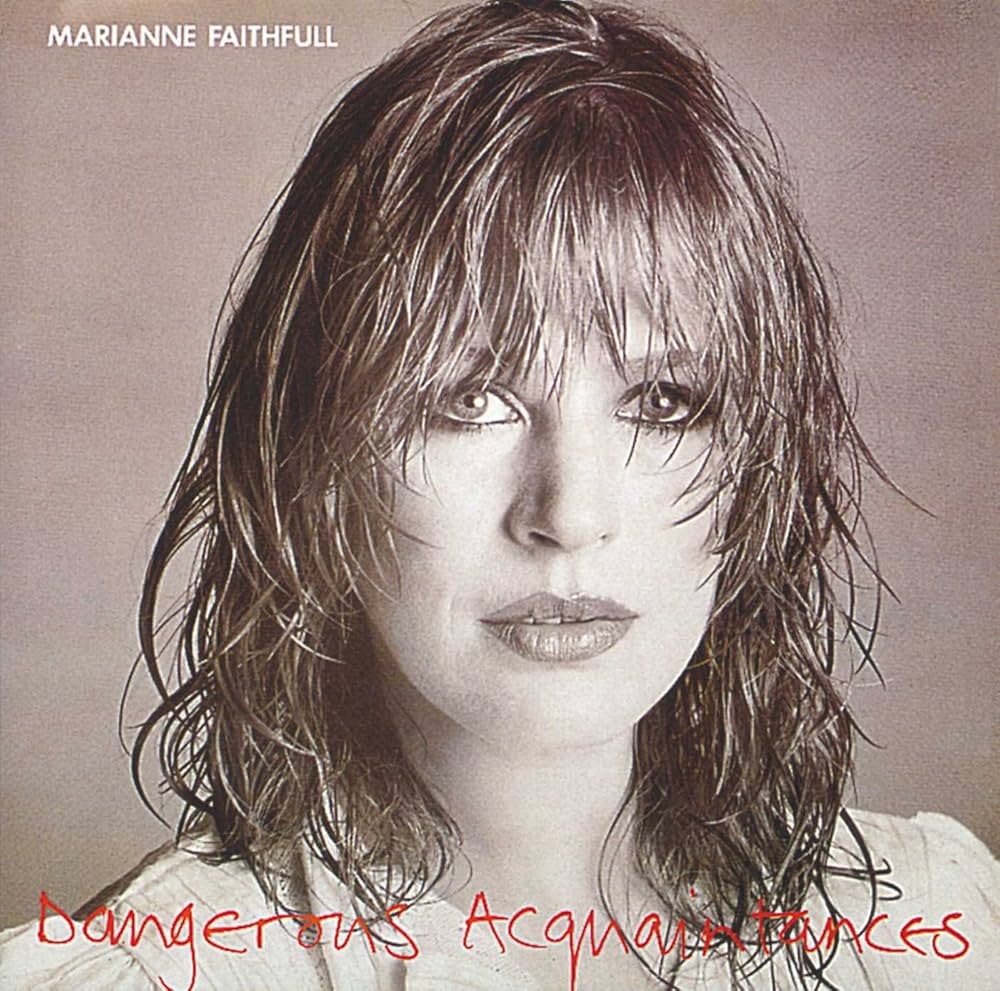
Two years after her big comeback, Faithfull reconvened with Broken English producer Mark Miller Mundy for Dangerous Acquaintances. But the follow-up drew mixed reviews for trading in her edgy, new wave-inspired sound for a more conventional blues-rock record, backed by some of the Joe Cocker sidemen from Dreamin’ My Dreams. “The quality of material, production and arrangement will guarantee a wide appeal. On the negative side, there are one or two rare moments when cliché raises its ugly head,” Simon Ludgate wrote in the Record Mirror review of Dangerous Acquaintances.
18. She Walks in Beauty with Warren Ellis (2021)
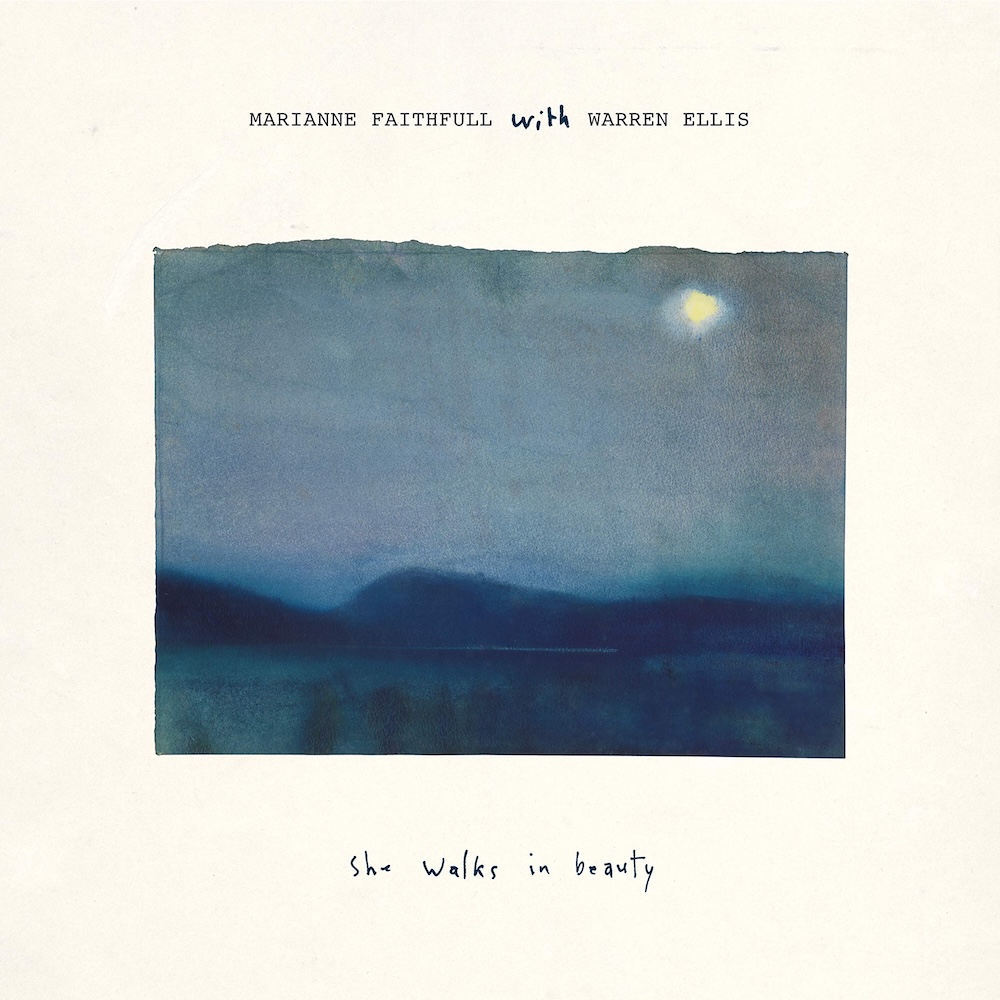
Pretty much every Faithfull album has been highly collaborative, often with one principal musician or producer helping her guide the sound of the project. But She Walks in Beauty, her final full-length release, is the only album for which she shared billing with a co-star. Australian violinist Warren Ellis began his career with the instrumental band Dirty Three before joining Nick Cave and the Bad Seeds, and had played on nearly every Faithfull album since 2004’s Before the Poison. She Walks in Beauty is a passion project Faithfull said she’d wanted to make for 50 years, with her reciting the words of Romantic poets like Shelley and Byron over dense soundscapes by Ellis and an ensemble including Cave and Brian Eno. The synth-heavy album may be a slight disappointment, however, to fans of Ellis’s distinctive violin, which only appears on the readings of Wordsworth’s “Surprised by Joy” and Keats’s “La Belle Dame sans Merci.”
17. Rich Kid Blues (1985)
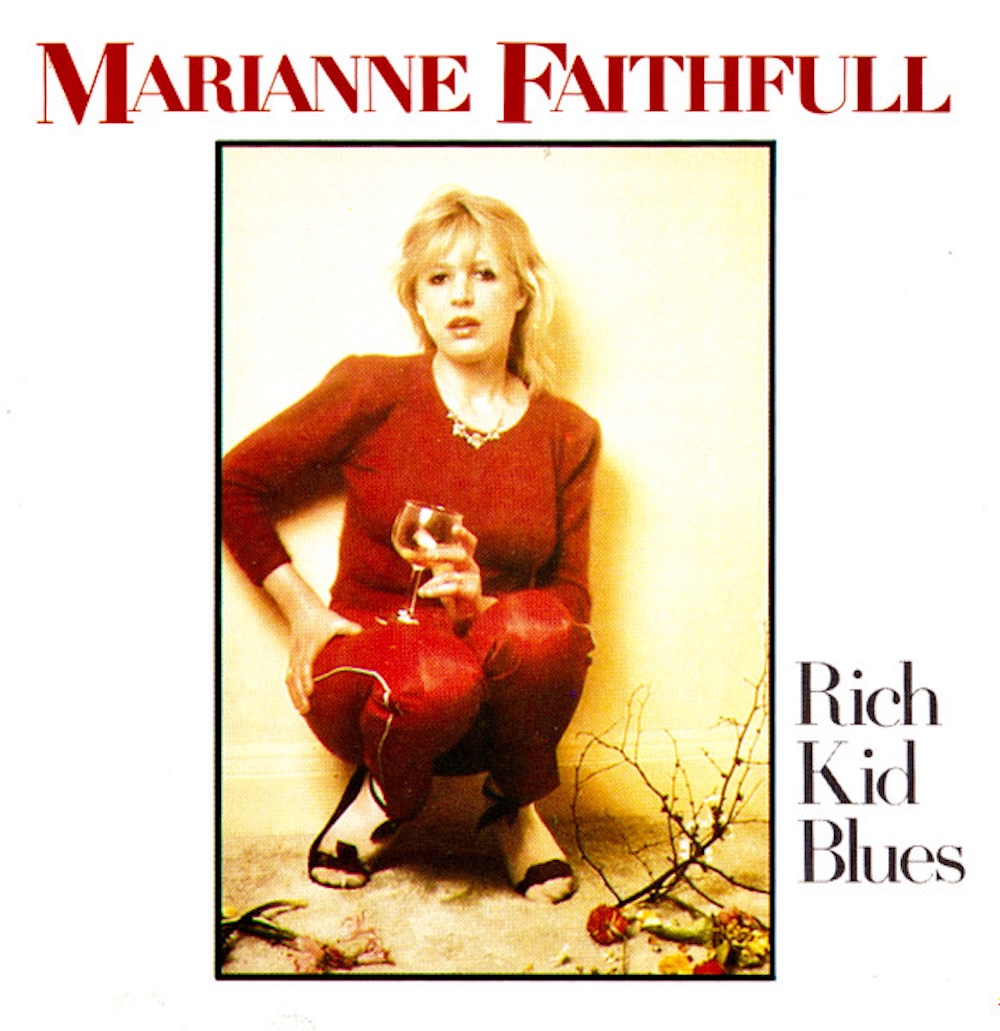
Faithfull only released scattered singles between 1967 and 1976. But one lost album from that period, recorded with producer Mike Leander in 1971, featured covers of three ’60s Bob Dylan tracks as well as emerging new folk rock artists like Cat Stephens and James Taylor. Originally titled Masques, the album was finally released in 1985 by the indie label Castle Communications, renamed Rich Kid Blues after the Terry Reid cover that opens the collection, in a package that also included songs from Dreamin’ My Dreams. The album, which captures Faithfull’s voice somewhere midway between her pristine ’60s tone and her Broken English rasp, eventually became one of her most popular releases, with her great rendition of “It’s All Over Now, Baby Blue” accumulating tens of millions of streams.
16. Come My Way (1965)
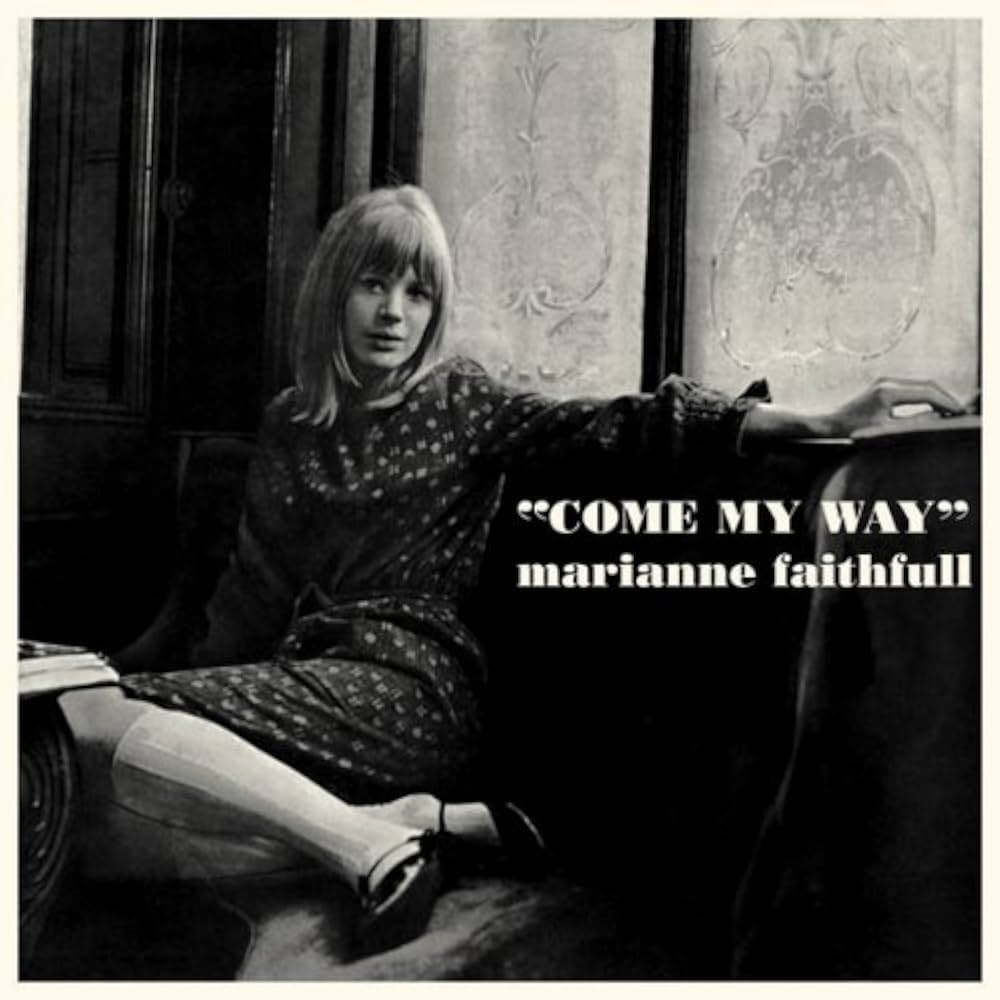
Faithfull and Decca Records couldn’t agree about what her debut album should sound like, resulting in an unusual compromise: her first two albums were released simultaneously on April 15, 1965. And while the self-titled album had the hit singles that Decca wanted to prioritize, it was actually Faithfull’s passion project, the folk covers collection Come My Way, that ultimately charted higher and set the course for her other ’60s albums. Guitarist Jon Mark wrote the title track and arranged Faithfull’s renditions of folk standards like “House of the Rising Sun” and “Fare Thee Well.”
15. Burning Moonlight EP (2025)
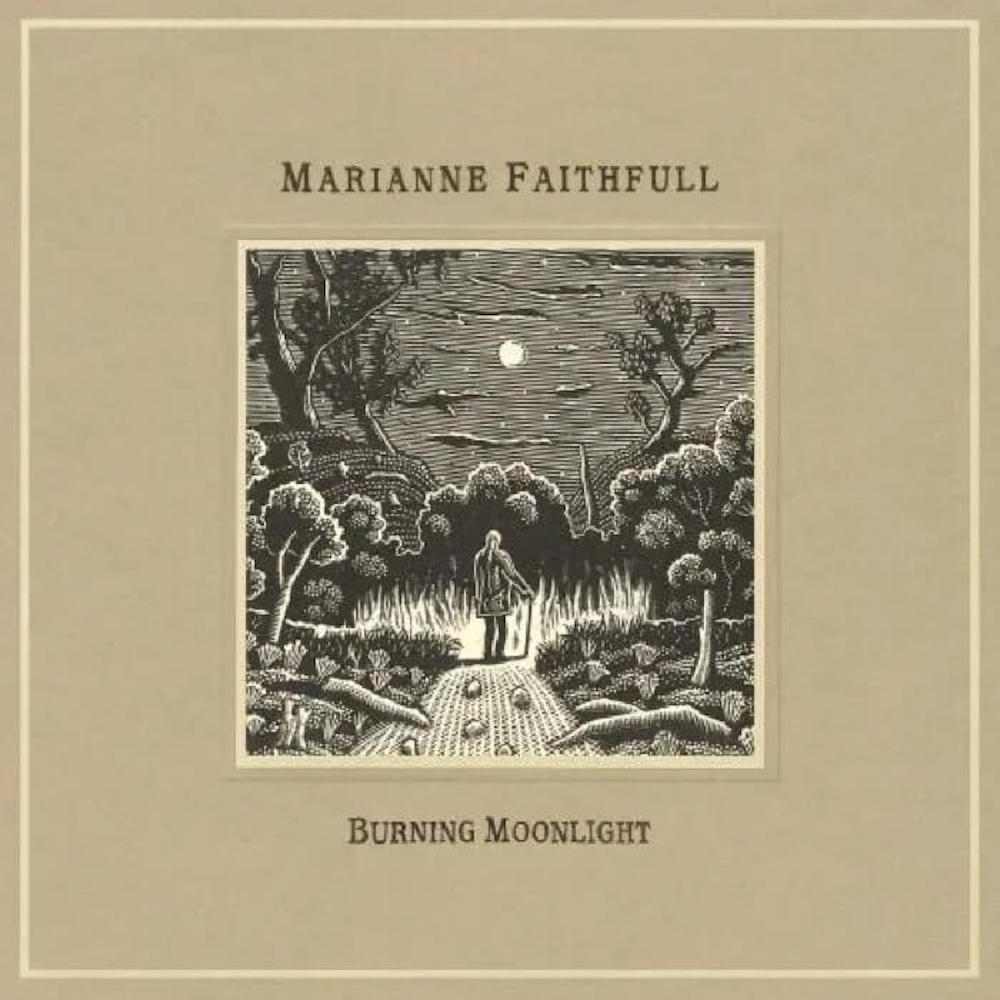
Aside from her spoken word vocals on 2021’s She Walks in Beauty, Faithfull seldom sang in public or on record in her final years as she dealt with emphysema, COVID-19, and other illnesses. So it was a wonderful surprise to learn after Faithfull’s death in January that she’d recently completed an EP that had been planned as a Record Store Day release. Faithfull recorded the four tracks on Burning Moonlight with Longtime PJ Harvey collaborators Howard “Head” Bullivant, Rob Ellis, and her grandson Oscar Dunbar. The brief but potent collection feels like a full circle moment, featuring covers of two of her favorite folk songs, and two originals, “Love Is” and the title track, that contain musical and lyrical nods to her ’60s work.
14. North Country Maid (1966)
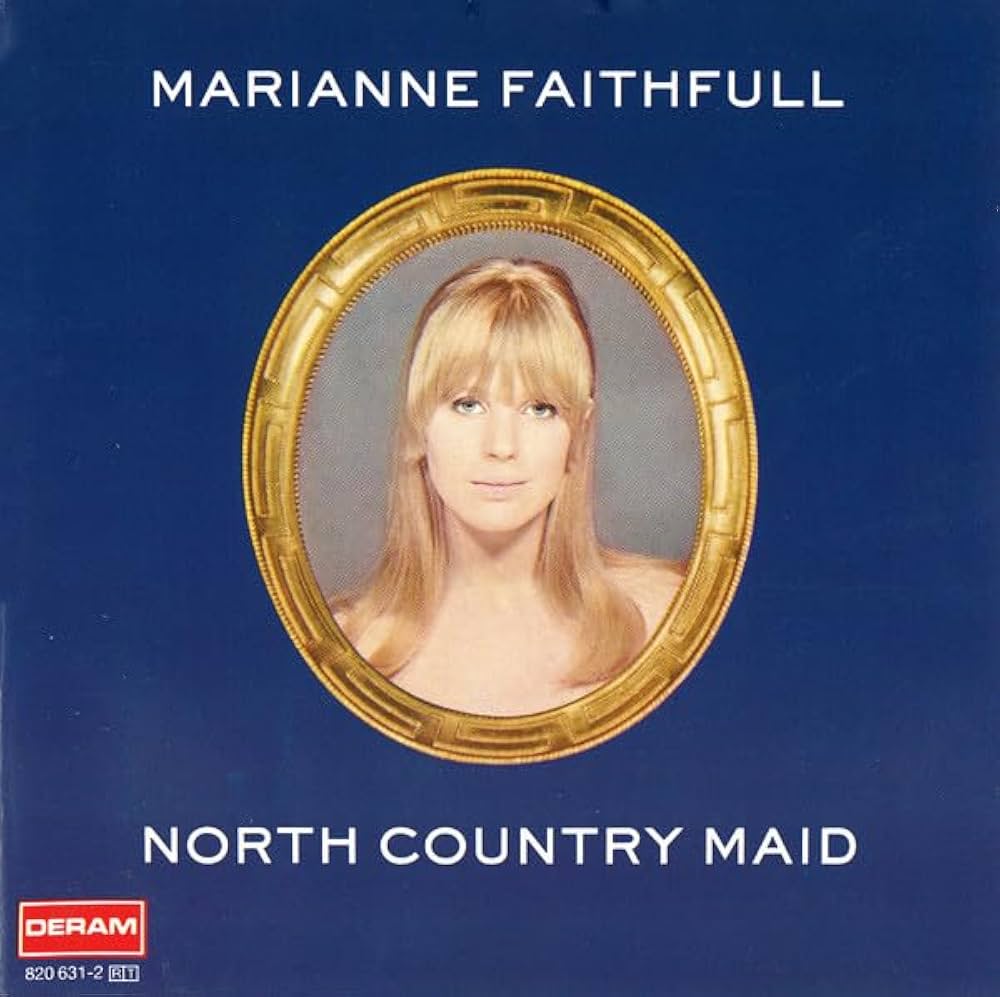
The song from Faithfull’s ’60s folk albums that remained in her repertoire the longest is the Irish traditional song “She Moved Thru’ the Fair.” After recording a novel sitar-based arrangement for her North Country Maid, she revisited it on the 1990 live album Blazing Away as well as Burning Moonlight. Faithfull doesn’t quite leave the same mark on most of the other selections on North Country Maid; her “Scarborough Fair” is similar to the Simon & Garfunkel arrangement, and her “The First Time Ever I Saw Your Face” owes a lot to Peggy Seeger’s recording. In America, tracks from North Country Maid appeared on the albums Go Away From My World and Faithfull Forever.
13. Easy Come Easy Go (2008)
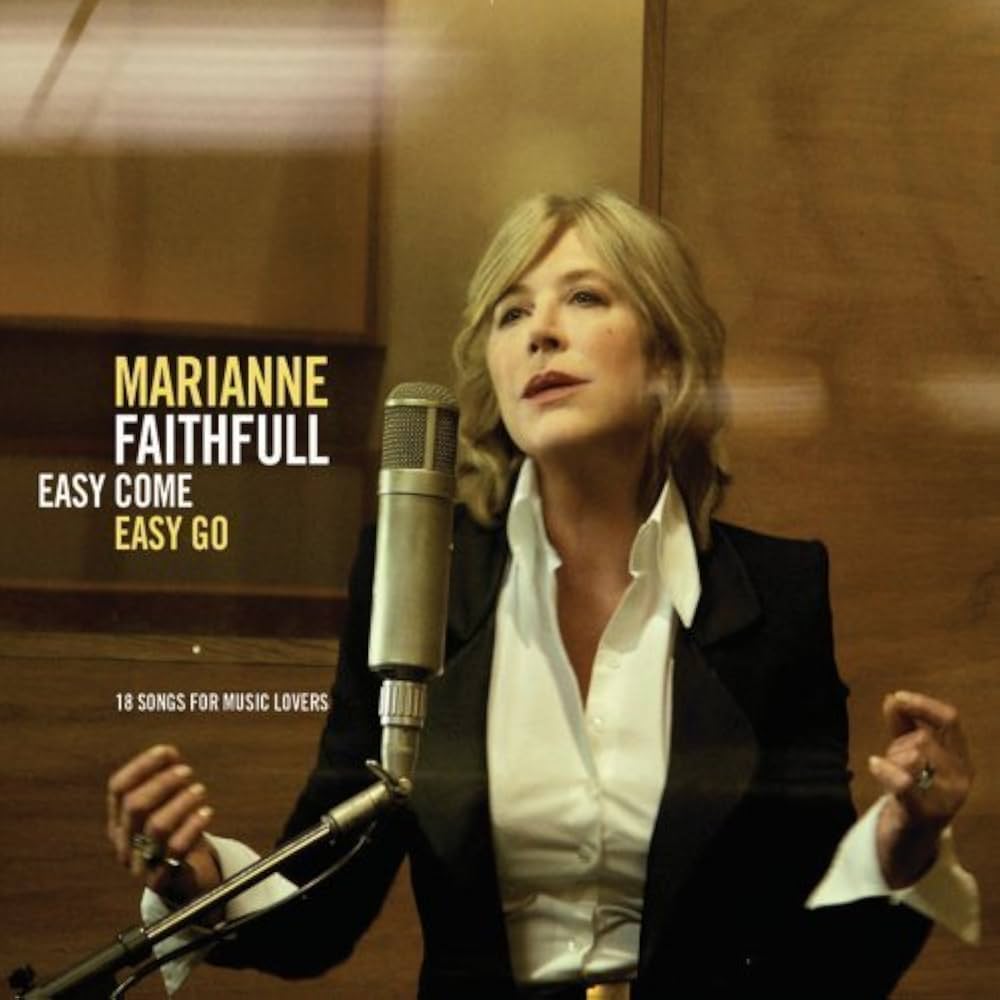
The late great Hal Willner was a master of curating compilation albums and tribute concerts that could unite a disparate range of musicians and material into a compelling tapestry. And of the several Marianne Faithfull albums that Willner produced, Easy Come Easy Go is the one that most amply displays his propensity for eclectic mix-and-match collaborations. Faithfull sings a Smokey Robinson song with Anohni Hegarty, an Espers song with Rufus Wainwright, and a Decemberists song with Nick Cave, and it all manages to sound good together. Forty years after her salad days of palling around London with the Stones, Faithfull reunited with Keith Richards for a touching rendition of Merle Haggard’s “Sing Me Back Home.”
12. Negative Capability (2018)
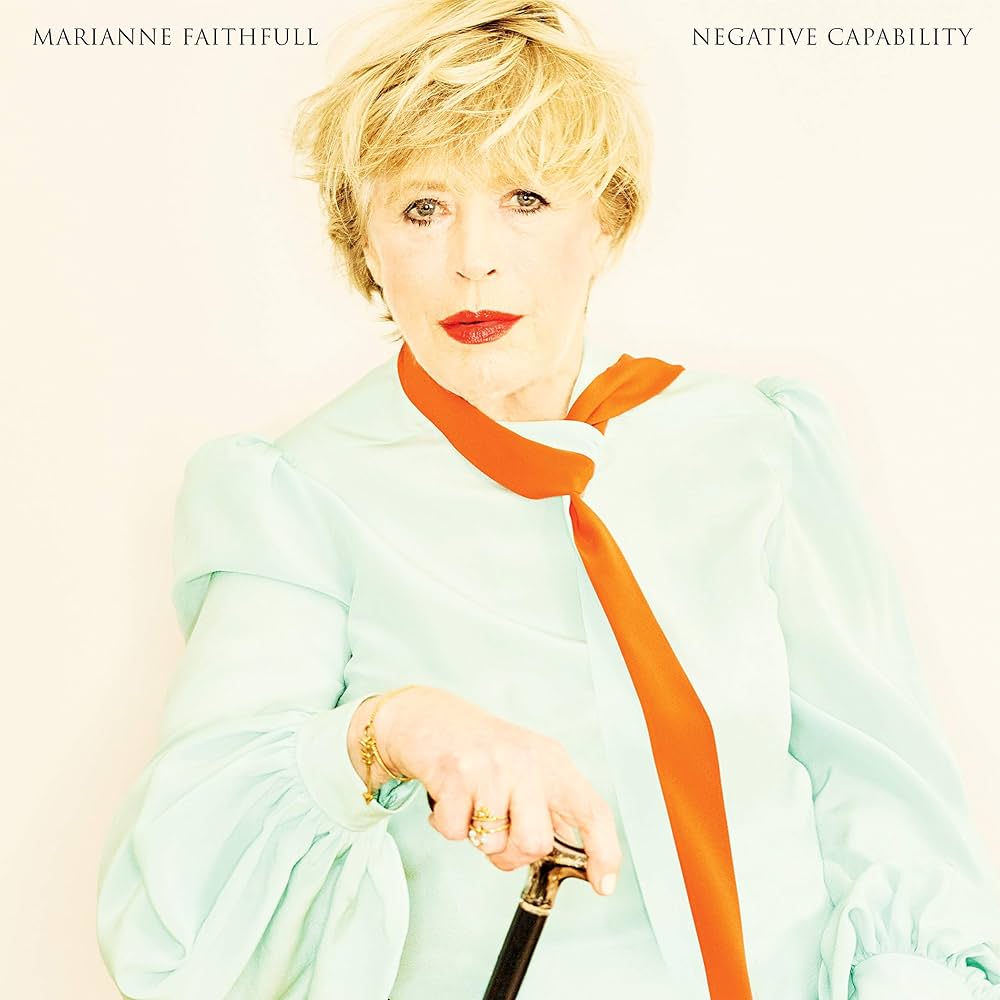
Bullivant and Rob Ellis co-produced Negative Capability with Warren Ellis (no relation). The album featured hushed, solemn new recordings of three of Faithfull’s most popular songs—“As Tears Go By,” “Witches’ Song,” and “It’s All Over Now, Baby Blue”—that are less like revisions than continuations of her definitive earlier versions. There are also some excellent new songs, including the Nick Cave duet “The Gypsy Faerie Queen,” and “They Come at Night,” which Faithfull co-wrote with Mark Lanegan. Faithfull has never hesitated to grapple with mortality in her work, and “Born to Live” is a particularly poignant lyric from her later years. “This 11-track record illuminates her most personal fears and desires with an intimacy she’s never before offered,” Erin Osmon wrote in the Pitchfork review of Negative Capability.
11. The Seven Deadly Sins (1998)
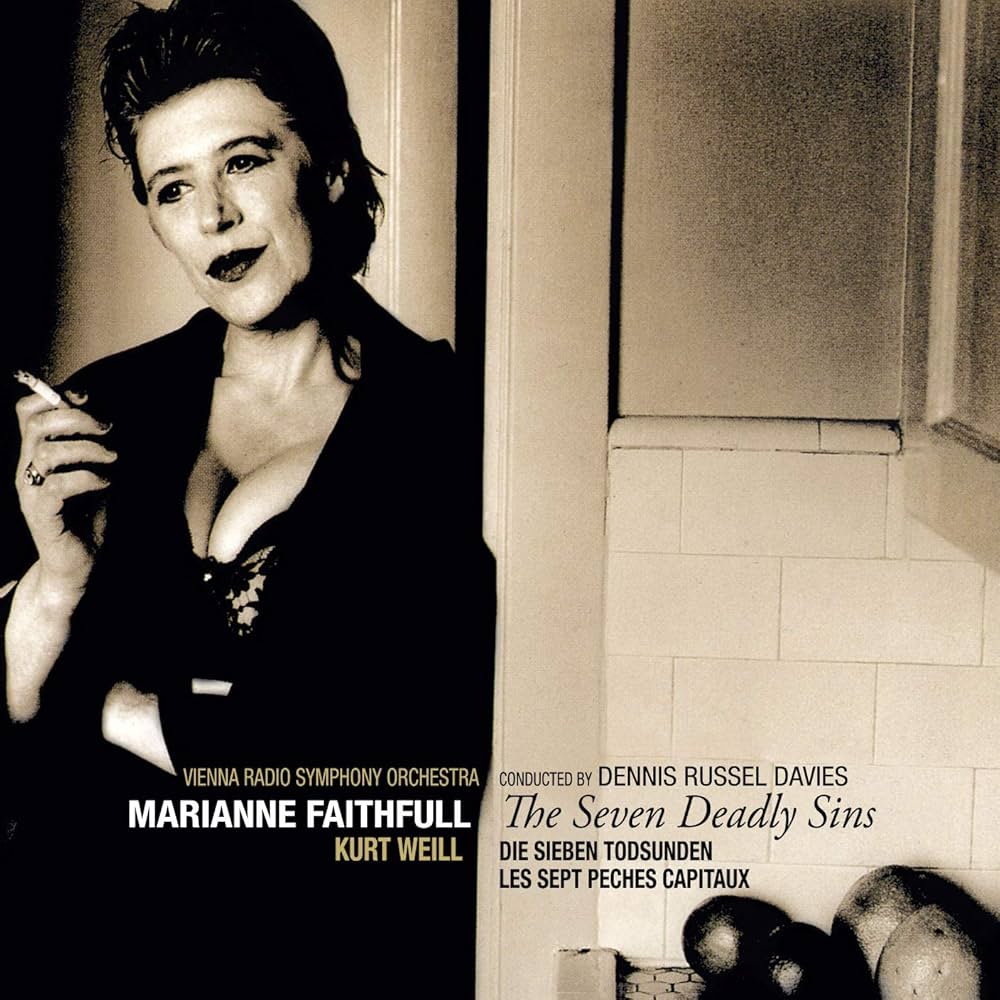
In 1997, Faithfull sang on “The Memory Remains,” the lead single to Metallica’s multiplatinum album Reload, her biggest moment of pop culture visibility in decades. Instead of doing anything to capitalize on her Top 40 metal hit, though, Faithfull’s next move was to cross over to Billboard’s classical charts with a tribute to Kurt Weill. Faithfull had first interpreted the German-American composer on Willner’s 1985 compilation Lost in the Stars: The Music of Kurt Weill, covering “Ballad of the Soldier’s Wife.” Soon, she began singing Weill’s songs regularly, on the 1996 live album 20th Century Blues and her 1998 studio album of his 1933 opera The Seven Deadly Sins. Faithfull takes to the profanely funny lyrics of “Pride” and “Lust” with aplomb, with lavish string arrangements by the Vienna Radio Symphony Orchestra that emphasize the contrast between Weill’s beautiful melodies and barbed words.
10. Strange Weather (1987)
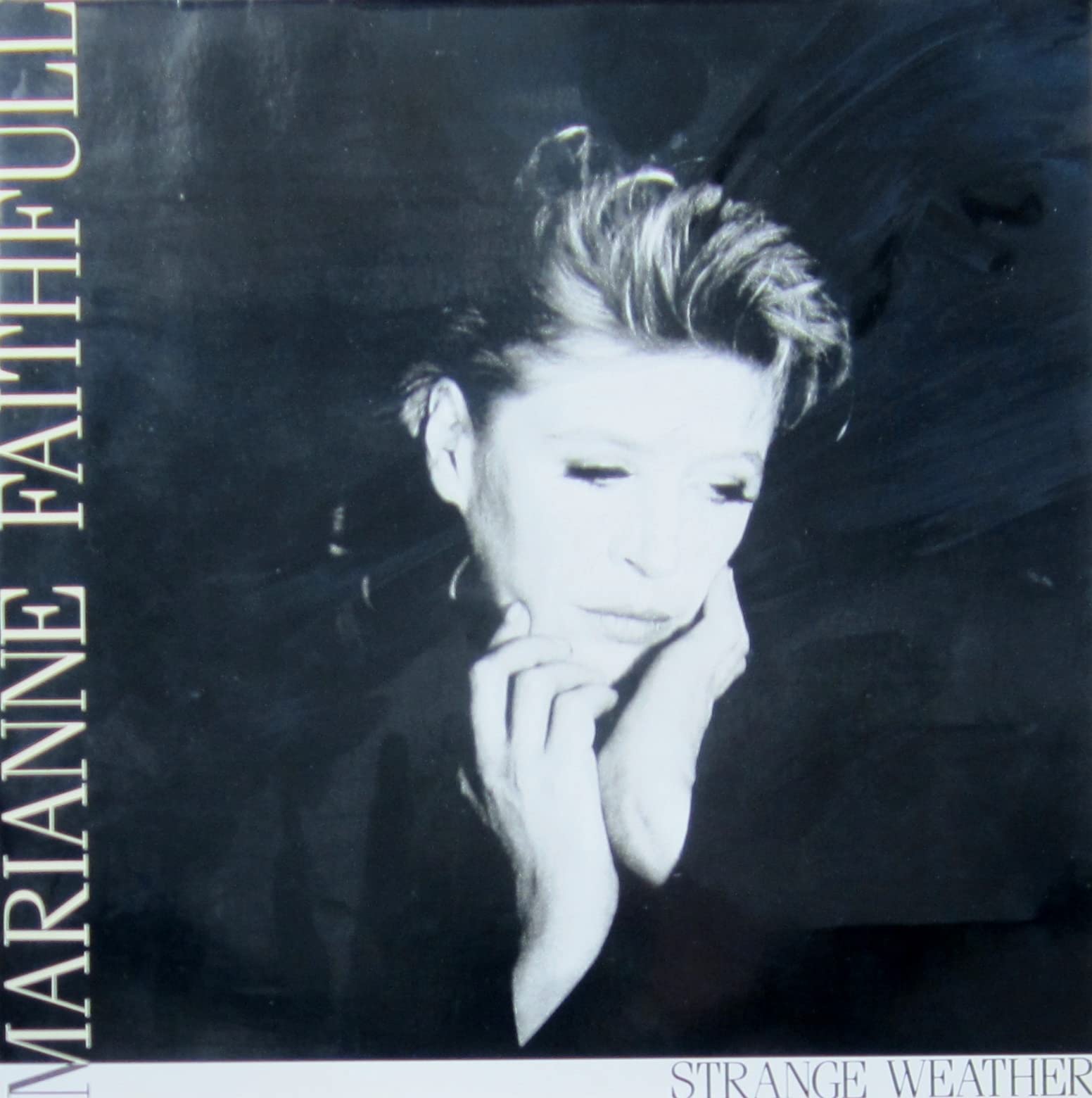
Faithfull’s first full-length collaboration with Willner doesn’t contain any Kurt Weill songs, but Strange Weather is very much inspired by Weill’s era and sensibility, with “dark cabaret” takes on blues and Tin Pan Alley songs written in the 1930s. With spare accompaniment from a talented ensemble including Dr. John and Bill Frisell, Faithfull revisits her ’60s hit “As Tears Go By.” And the title track became another signature song for Faithfull, penned for the album by Tom Waits and Kathleen Brennan (Waits would also perform “Strange Weather” a year later in his concert film Big Time).
9. Vagabond Ways (1999)
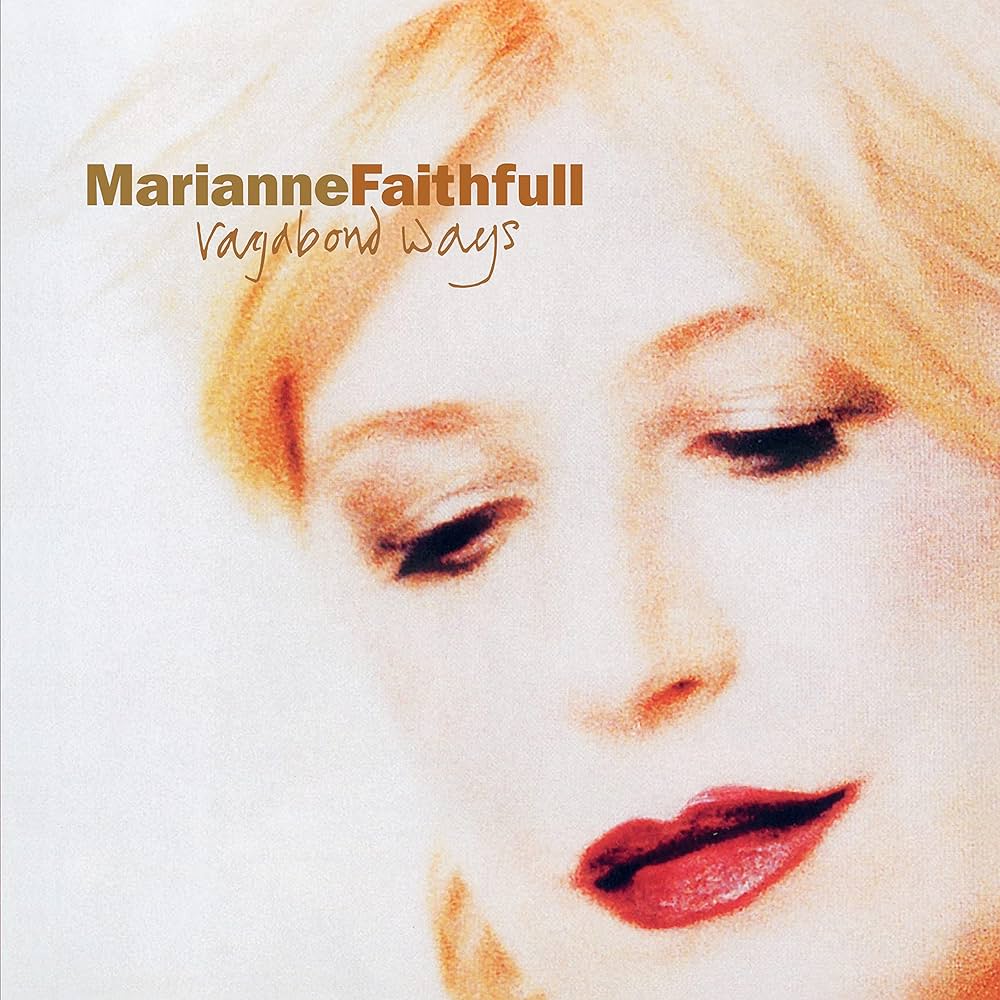
“Incarceration of a Flower Child” is a song that Roger Waters wrote in 1968 that went unreleased for 30 years, until Faithfull recorded it with Waters for Vagabond Ways. And the song, which features Faithfull howling “It’s gonna get cold in the 1970s,” takes on a whole different context given what she lived through in that decade. British guitarist Barry Reynolds was Marianne Faithfull’s longest tenured collaborator, joining her band in 1976 and serving as musical director, co-writing some of her best songs, and playing on and/or producing several of her best albums. Vagabond Ways was the first of many star-studded late period Faithfull records, with Waters, Elton John, Daniel Lanois, and Emmylou Harris dotting the liner notes. But perhaps more significantly, it featured the first new Faithfull/Reynolds songs in 16 years. “Elton John’s ‘For Wanting You’ sets her million-cigarettes voice and haunted phrasing, gemlike, in a setting full of scathing self-retribution and bruised affection,” Arion Berger wrote in the Rolling Stone review of Vagabond Ways.
8. Kissin Time (2002)
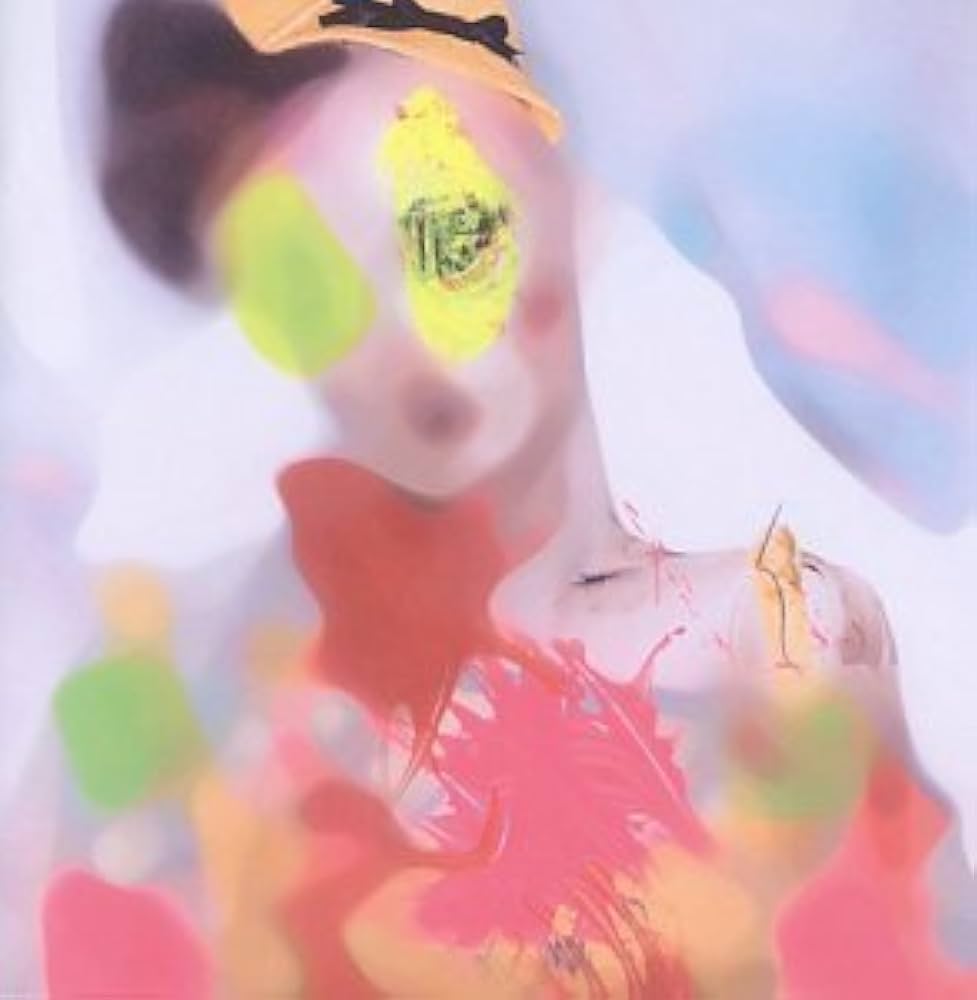
While Vagabond Ways surrounded Faithfull with her contemporaries from the ’60s and ’70s, Kissin Time was the first time that she made an album with a younger generation of rock stars. Faithfull is backed by Blur on the title track and by Pulp on the sublime “Sliding Through Life on Charm,” while Billy Corgan of Smashing Pumpkins and Beck each produce a trio of songs. All the different collaborations occasionally clash a bit with each other—“Sex with Strangers” sounds like a Midnite Vultures outtake while “I’m on Fire” sounds like an Adore castoff—but it’s gratifying to hear an artist in her fifties sound so vital alongside artists who grew up on her music.
7. A Secret Life (1995)
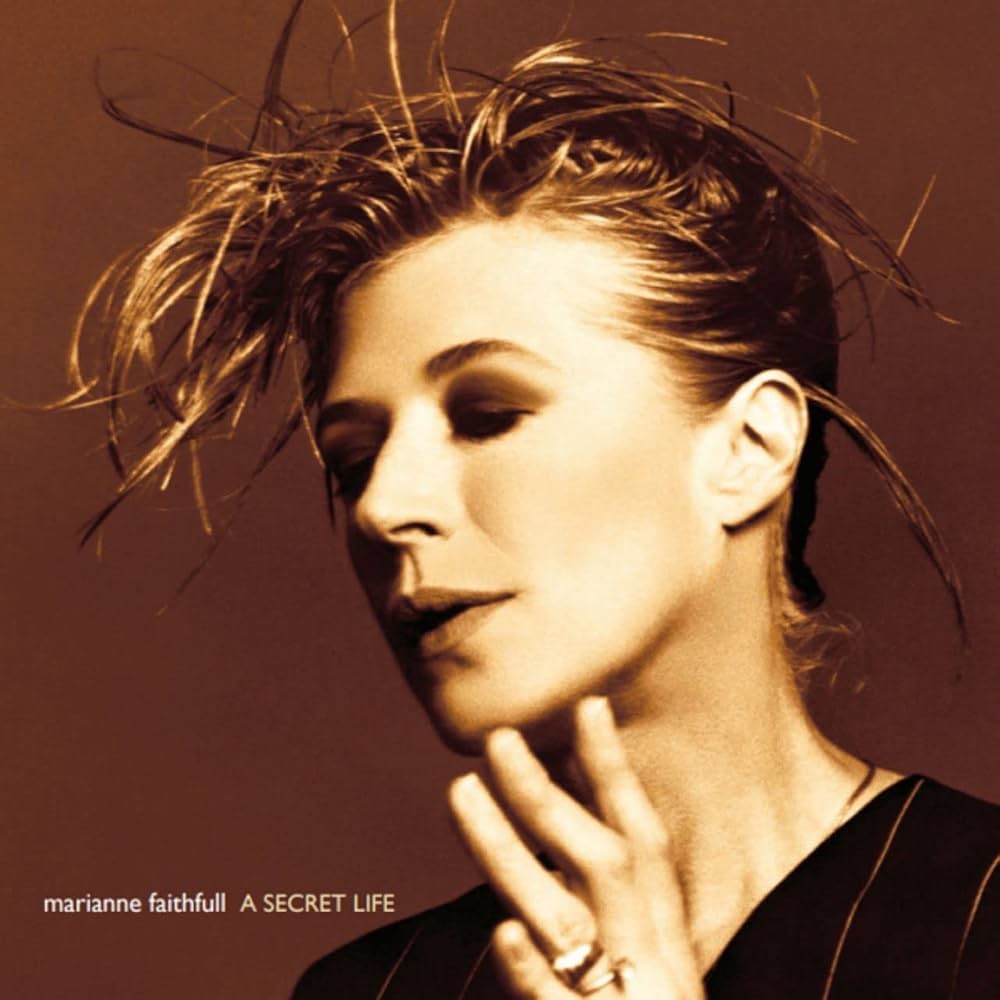
Months after making headlines with her revealing 1994 book with David Dalton, Faithfull: An Autobiography, the singer returned with her first album of original songs in over a decade. A Secret Life was produced and co-written by Angelo Badalamenti, best known for his deeply original scores for David Lynch’s films and Twin Peaks. The slick uptempo songs “The Wedding” and “Bored by Dreams” break the spell cast by the album’s moodier passages, but at its best A Secret Life is an otherworldly dream pop album in the vein of Julee Cruise’s Badalamenti-produced 1989 classic Floating into the Night.
6. Horses and High Heels (2011)
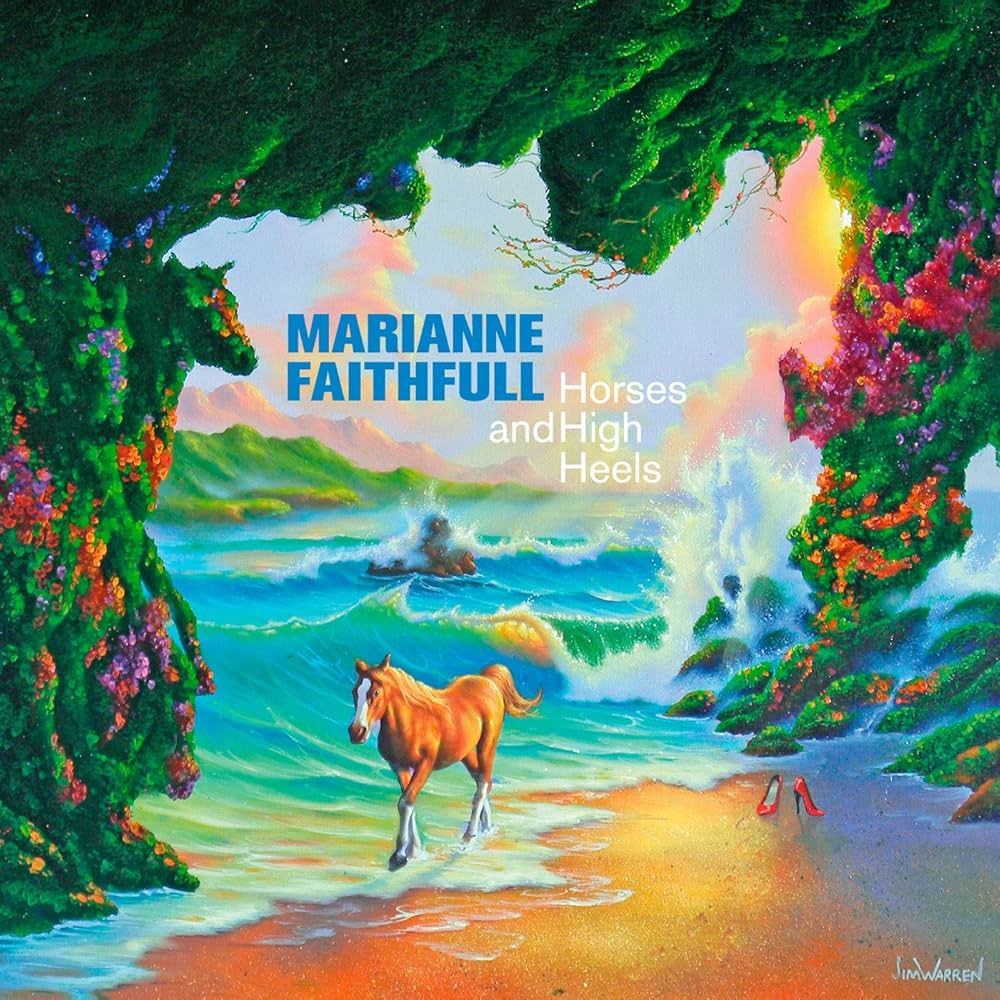
New compositions and familiar tunes from Faithfull’s 1960s youth exist in conversation with each other beautifully on Horses and High Heels. The passage of time is on Faithfull’s mind on “Eternity,” co-written with guitarist Doug Pettibone, and it’s also the primary topic of covers of Dusty Springfield’s “Goin’ Back” and the Shangri-Las’ “Past Present and Future.” The album closes on a high note with “The Old House,” a song written for Faithfull by Irish playwright Frank McGuiness with a beautifully noisy guitar solo by Lou Reed. “Faithfull sounds more relaxed — if no merrier — than she has in years,” Mikael Wood wrote in the SPIN review of Horses and High Heels.
5. Marianne Faithfull (1965)
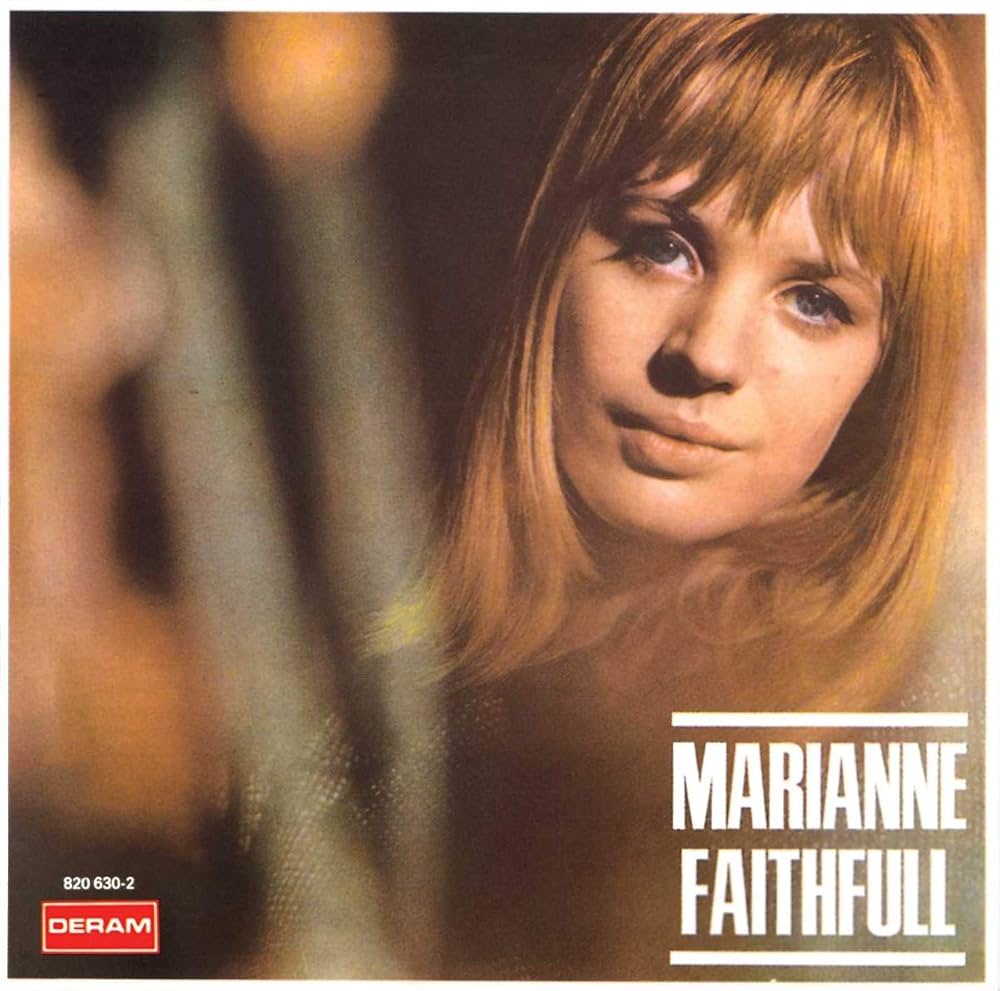
Marianne Faithfull was just 18 years old when the Rolling Stones’s manager Andrew Loog Oldham, and Decca Records, label of the Who and the Kinks, turned her into a glamorous British Invasion starlet. Jagger and Richards wrote “As Tears Go By,” the song that launched her to fame in both England and America. In addition to penning Faithfull’s biggest U.K. hit “Come and Stay With Me,” Jackie DeShannon wrote “In My Time of Sorrow” with her boyfriend, an as-yet-unknown session guitarist named Jimmy Page. Marianne Faithfull is filled out with covers of the Beatles, Bacharach, Hal David, and Petula Clark, a snapshot of ’60s pop with a simple, unadorned beauty that stands apart from the more complex work Faithfull would do over the next few decades.
4. Before the Poison (2004)
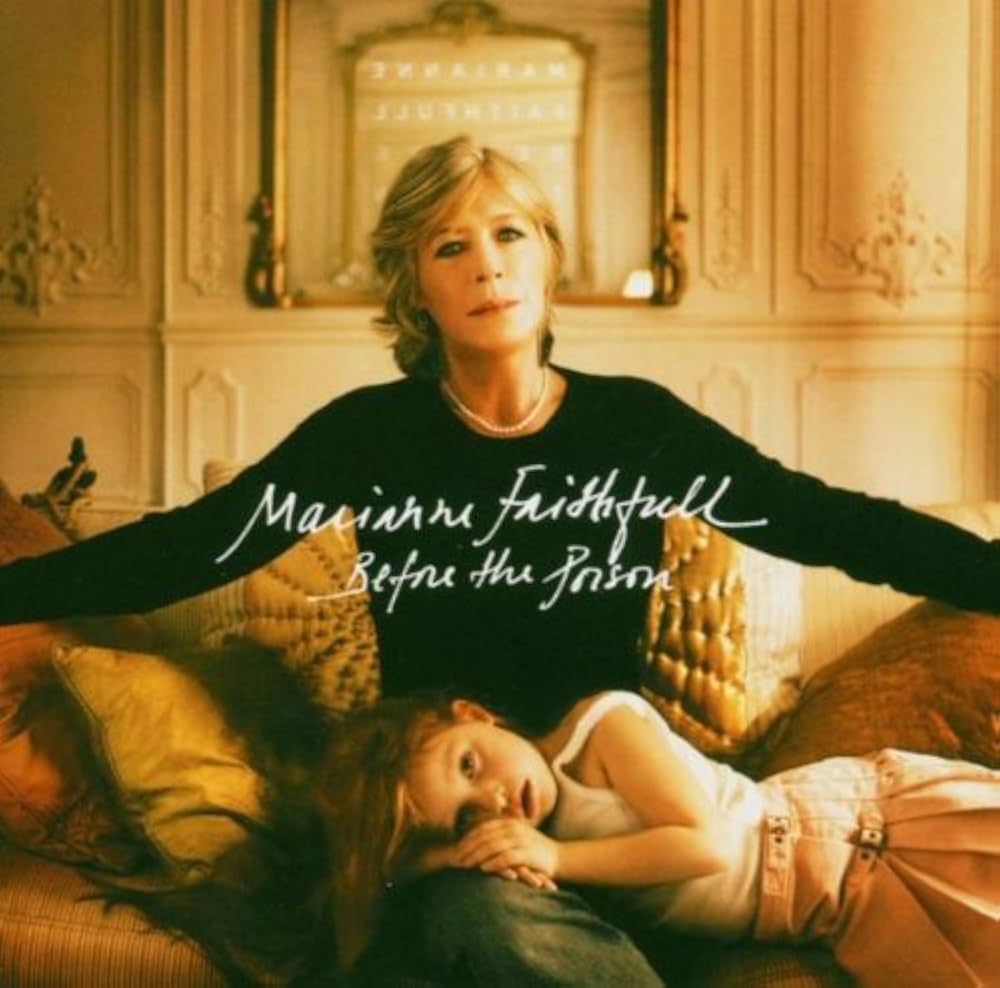
Before the Poison was a more cohesive follow-up to Kissin Time, with most of the songs produced and co-written by Nick Cave or PJ Harvey, both contemporary masters of gloom and catharsis who knew what to do with Faithfull’s unique voice. It’s a relatively subdued and restrained album that eventually builds up to the frenzied climax of the penultimate track, the noisy Bad Seeds rocker “Desperanto.”
3. Give My Love to London (2014)
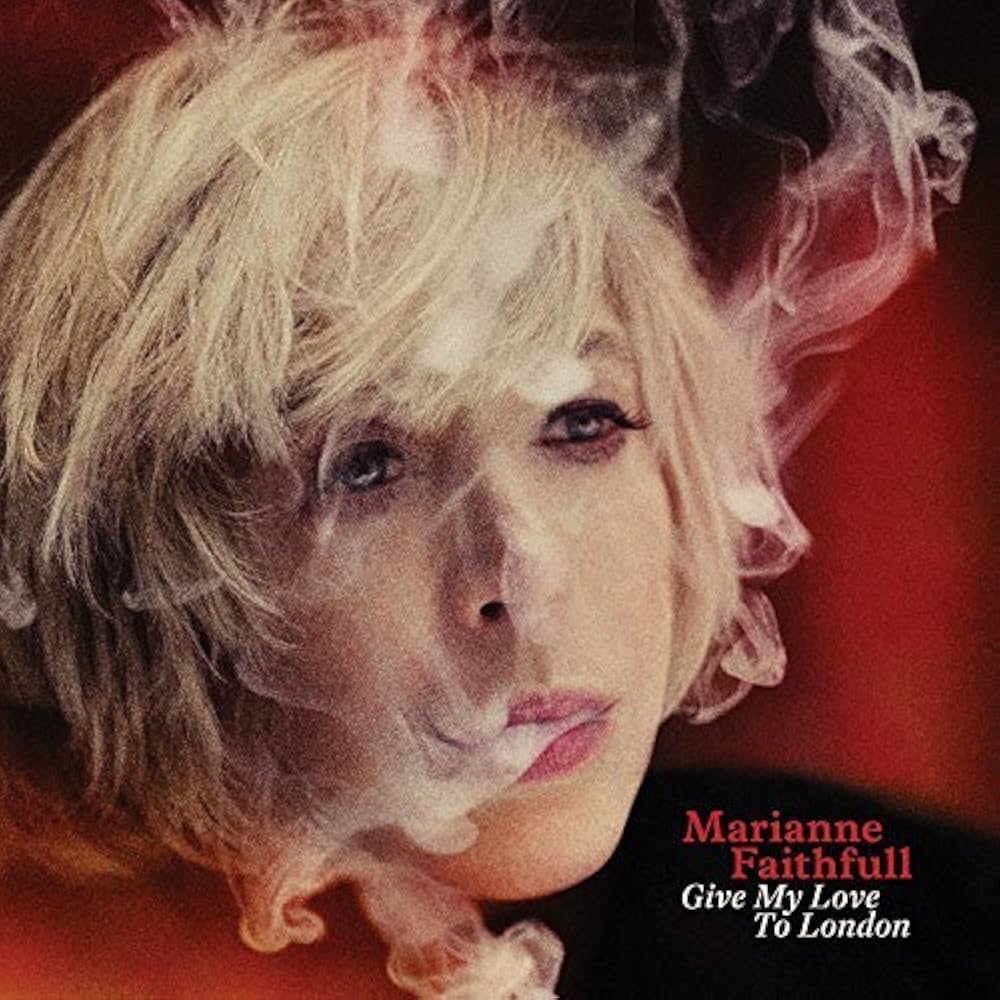
“Tonight I’ll watch the city burning fiery bright,” Faithfull sang on Give My Love to London’s title track. The song, co-written with Steve Earle and featuring the Clash’s Mick Jones on guitar, was inspired by the protests and riots that spread across England in 2011 after London police shot Mark Duggan. Rob Ellis and French multi-instrumentalist Dimitri Tikovoi (Placebo, Charli XCX) co-produced Give My Love to London, and driving, intense songs like “Mother Wolf” and “The Price of Love” make it arguably the hardest rocking album in her catalog.
2. A Child’s Adventure (1983)
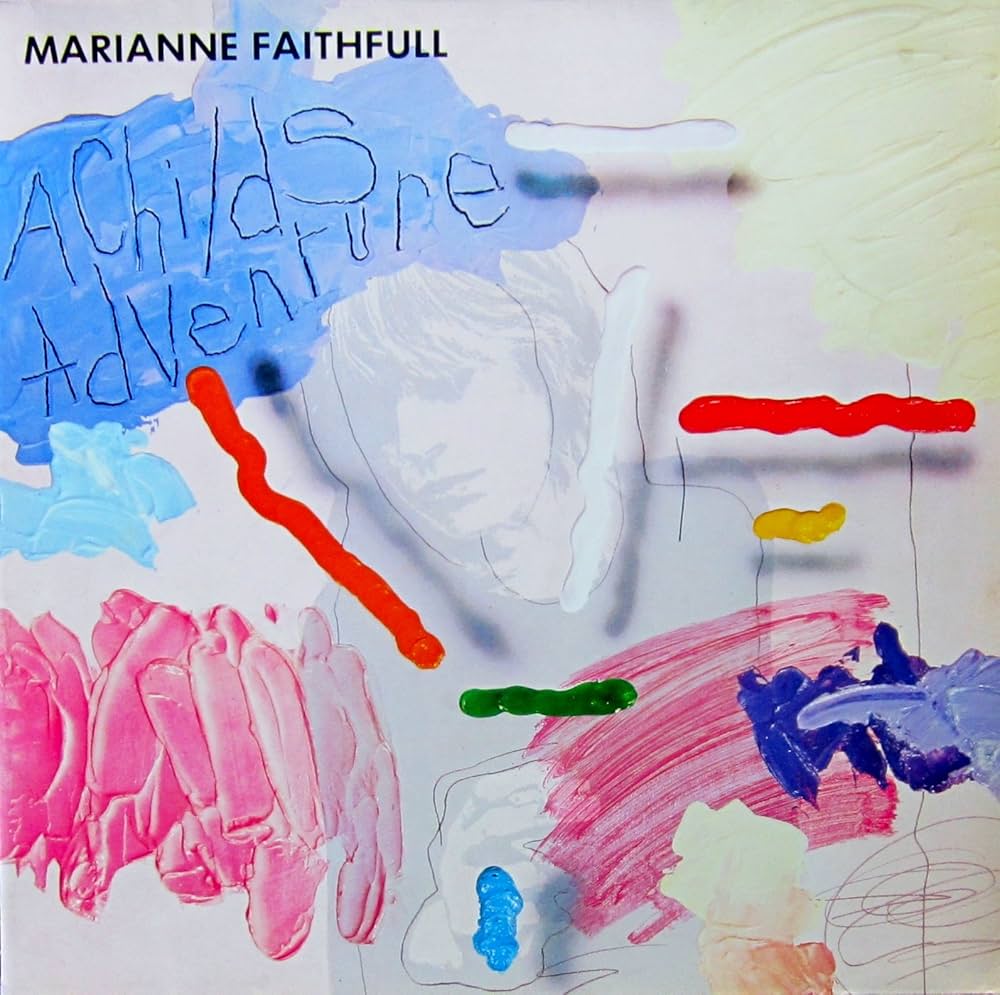
After gaining recognition for his work with Faithfull and Grace Jones, Barry Reynolds released the 1982 solo album I Scare Myself, an underappreciated gem. Its quirky fusion of rock, reggae, and synth pop became a prototype for the sound of A Child’s Adventure, and both albums feature keyboard player Wally Badarou (Level 42, Talking Heads), guitarist Mikey Chung (Peter Tosh, Black Uhuru), and “Times Square,” one of the most moving songs Faithfull ever recorded. “Skilled work, hookful and lithely arranged and sung with a racked grace far more accomplished than the harrowing croaks of Broken English,” Robert Christgau wrote in the Village Voice review of A Child’s Adventure.
1. Broken English (1979)
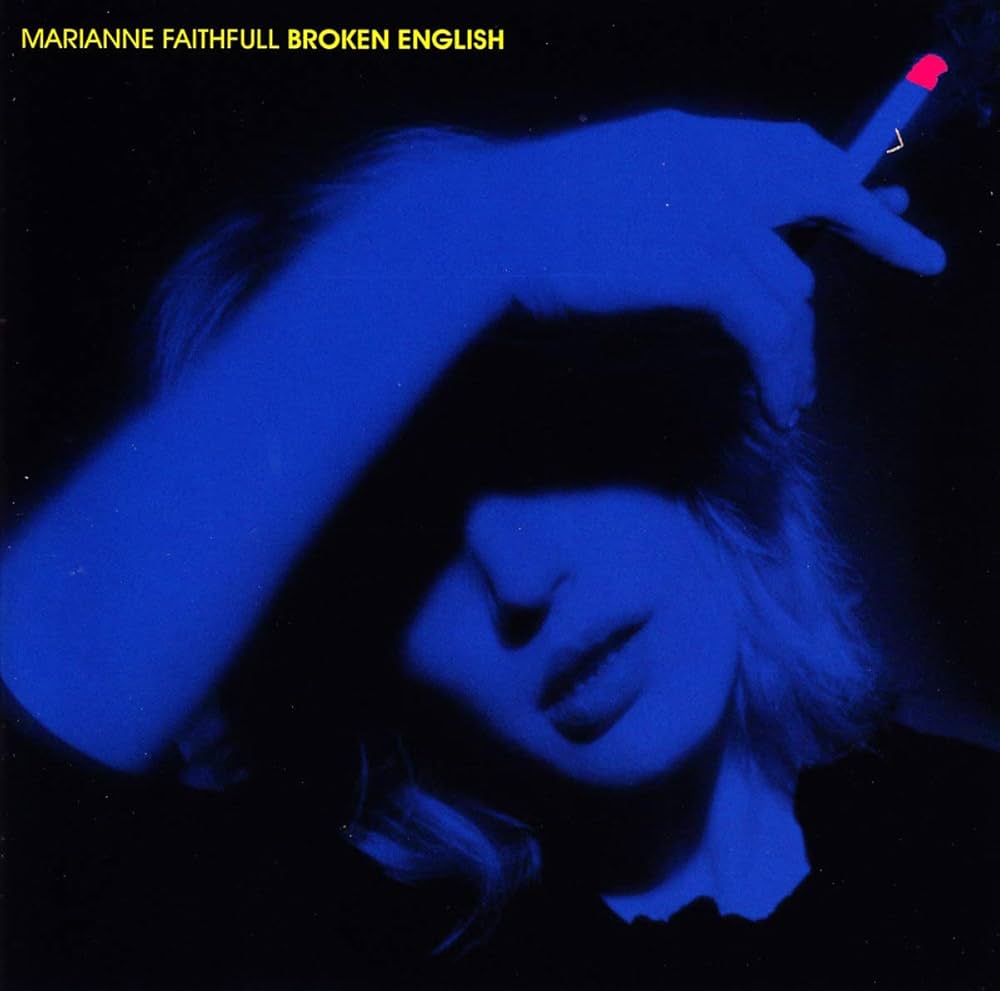
When Faithfull reemerged at the end of the ’70s with a hoarse and cracked voice, nearly unrecognizable from the soothing soprano of her British Invasion pop hits, few would’ve expected her to make the biggest and best album of her career. But with the arresting, timely new wave sound of “Broken English” and the shockingly frank lyrics of “Why D’Ya Do It,” Faithfull got the attention of Island Records and made a word-of-mouth sensation that sold over a million copies worldwide. Shel Silverstein’s story song of a housewife’s inner life, “The Ballad of Lucy Jordan,” unremarkable when Dr. Hook & the Medicine Show first recorded it in 1974, became a masterpiece in Faithfull’s hands. And according to Yoko Ono, John Lennon loved Faithfull’s pulsing, ominous reinvention of “Working Class Hero.”
To see our running list of the top 100 greatest rock stars of all time, click here.


